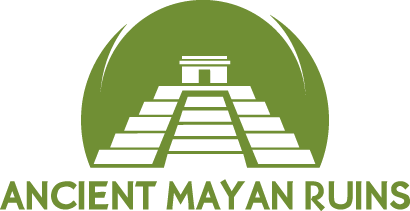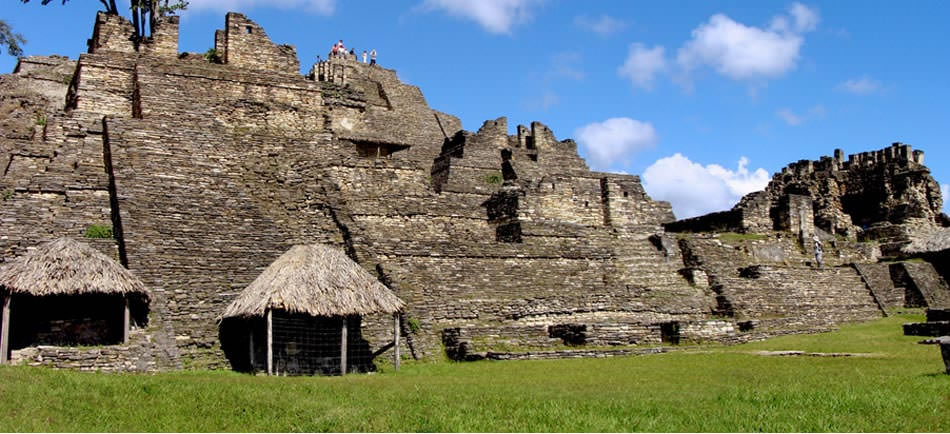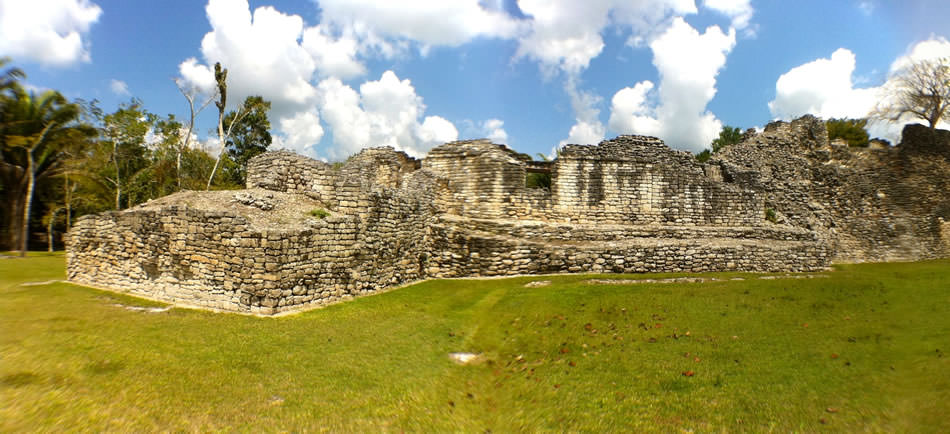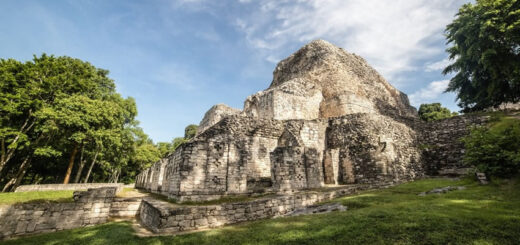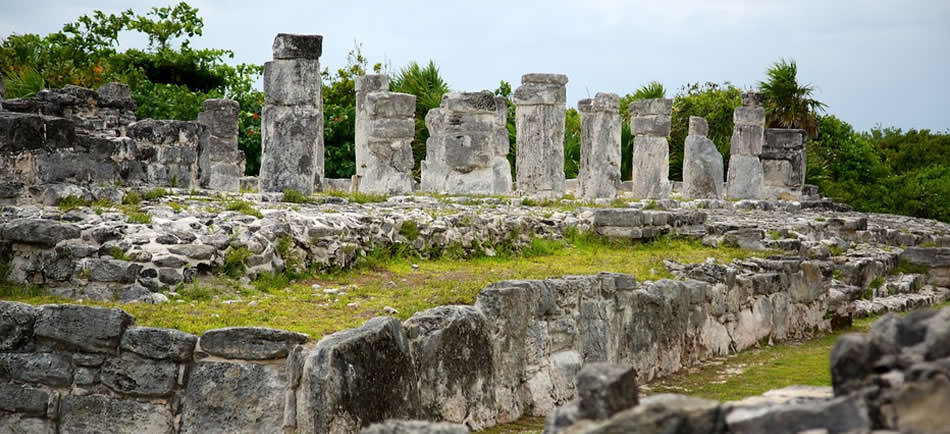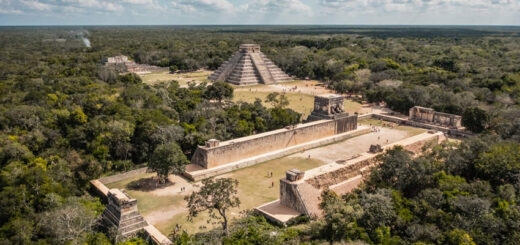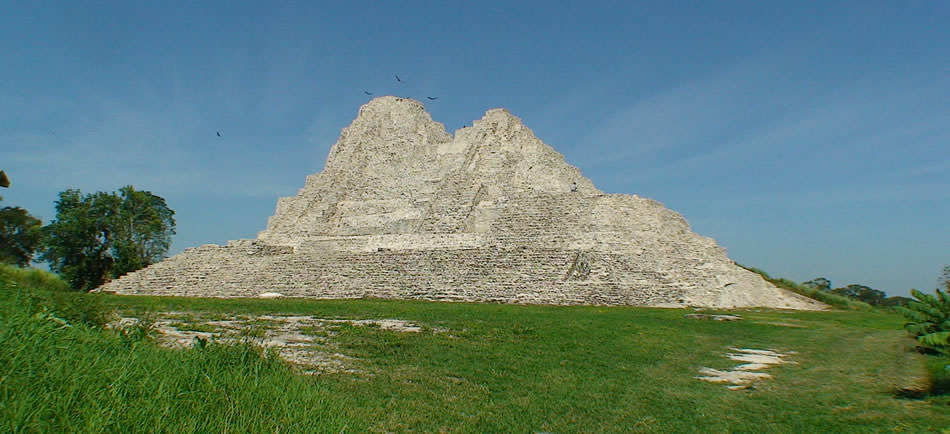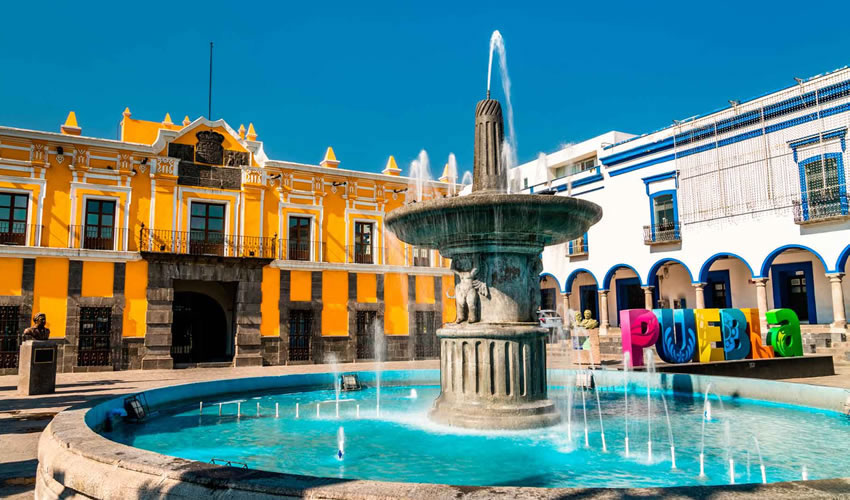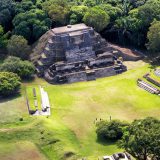
Chacchoben
The ancient Mayan city of Chacchoben is nestled in the deep lush jungles of Yucatán. Chacchoben, renowned for its impressive pyramids and rich historical significance, offers a captivating glimpse into the ancient Mayans.
Chacchoben is situated amidst a tropical landscape teeming with biodiversity.
Surrounded by dense vegetation and vibrant wildlife, the site’s three main pyramids, adorned with intricate carvings and steeped in mystery, stand as testaments to the architectural prowess of the Mayan people.
Chacchoben promises an unforgettable journey through time. Immerse yourself in the secrets of the ancient Maya at this extraordinary archaeological site, where every step reveals a new chapter in Mexico’s rich heritage.
“Chacchoben” is believed to mean “the place of red corn” or “the place where red corn grows.” This name reflects the importance of agriculture, where corn (maize) held significant cultural and religious significance.
Geography and Environment
Chacchoben is located in the southern part of the Yucatán Peninsula.
The site is surrounded by dense tropical rainforests, characterized by a variety of flora and fauna. The lush environment provides both a stunning backdrop and a challenge for archaeological preservation efforts.
The surrounding jungle is characterized by deer, peccary, armadillo, gray fox, spider monkey, and howler monkey. Deeper into the jungle, more dangerous animals like jaguar, ocelot, puma, and tapir can be found.
Best Time to Visit Chacchoben
The best time to explore Chacchoben is from late November to April. During this period, the weather is mild and rainfall is minimal, ensuring ideal conditions for exploring the ruins and appreciating their grandeur.
History and Chronology
Chacchoben’s history dates back to the Preclassic period (200 BCE to 250 CE). Chacchoben began as a small agricultural settlement, growing into a significant ceremonial center by the Classic period (250 to 900 CE).
Chacchoben reached its peak during the Classic period. The architecture of Chacchoben reflects this period of prosperity, with its monumental pyramids and plazas adorned with intricate carvings and structures.
Chacchoben served as a center for trade, religious ceremonies, and governance.
Chacchoben was largely abandoned and overgrown after the decline of the Mayans.
Chacchoben remained hidden in the jungle until the 1940s, but the ruins were reported to the Mexican government in 1972 by American archaeologist Dr. Peter Harrison, who also made the first maps of Chacchoben.
Harrison stumbled upon this site while flying a helicopter over Mexico and noticed numerous hills in predominately flat lands. Harrison realized there were temples beneath these hills, which were naturally covered over 2000 years.
The site was partially excavated in the 1940s. In 1994 the Mexican National Institute of Anthropology and History (INAH) excavated and restored the site, which was closed to the public until 2002.
Archaeological research and preservation efforts have helped to uncover more of its secrets and to make the site accessible to visitors interested in exploring its ancient wonders.
Chacchoben Archaeological Zone
Chacchoben archaeological zone is spread across an area of approximately 6 sq km. Chacchoben features several impressive structures dating back to the Maya Classic period (250 to 900 CE).
Chacchoben was a regional center for commerce and religious ceremonies.
The site is renowned for its 3 majestically rising pyramids. These pyramids are adorned with intricate carvings and steep staircases that lead to the temple summits. The largest pyramid is 25 meters high.
Surrounding the pyramids are numerous plazas, platforms, and residential areas, which archaeologists continue to uncover and study. These areas offer insight into the daily life, rituals, and societal structure of the ancient Mayans.
The ruin area is well-preserved. The tranquil ambiance of the jungle setting, coupled with the mysteries of the Maya civilization, makes Chacchoben a must-visit destination for history enthusiasts and adventurers alike.
How to get to Chacchoben Ruins?
The nearest towns and villages:
- Costa Maya (Mahahual) is located 50 km away.
- Bacalar is situated 70 km west of Chacchoben.
- Chetumal is located 110 km south of Chacchoben.
Each of these locations provides access to guided tours, private transportation services, and roadways leading directly to Chacchoben. There are various options to experience the ancient wonders of Chacchoben Ruins.
Tourist Information
- Chacchoben Ruins are open to visitors from 09:00 to 15:00 daily.
- The entrance fee is generally modest, around 80 MXN (2024).
What to bring and what to wear?
Bring water and snacks. Stay hydrated, as exploring the ruins can be physically demanding, especially in the heat. Light snacks or energy bars can keep you fueled during your visit.
Wear sturdy, comfortable shoes suitable for walking and climbing, as the terrain can be uneven. Opt for lightweight, breathable clothing to stay cool. Long sleeves and pants can also help protect against insect bites.
Protect yourself from the sun with a wide-brimmed hat and sunglasses. The area can have mosquitoes, especially during certain times of the year, so bring repellent to avoid bites.
Capture the beauty and history of the ruins, but remember to respect any rules regarding photography. Enjoy your exploration of Balamkú Ruins, and immerse yourself in the fascinating history they offer!
